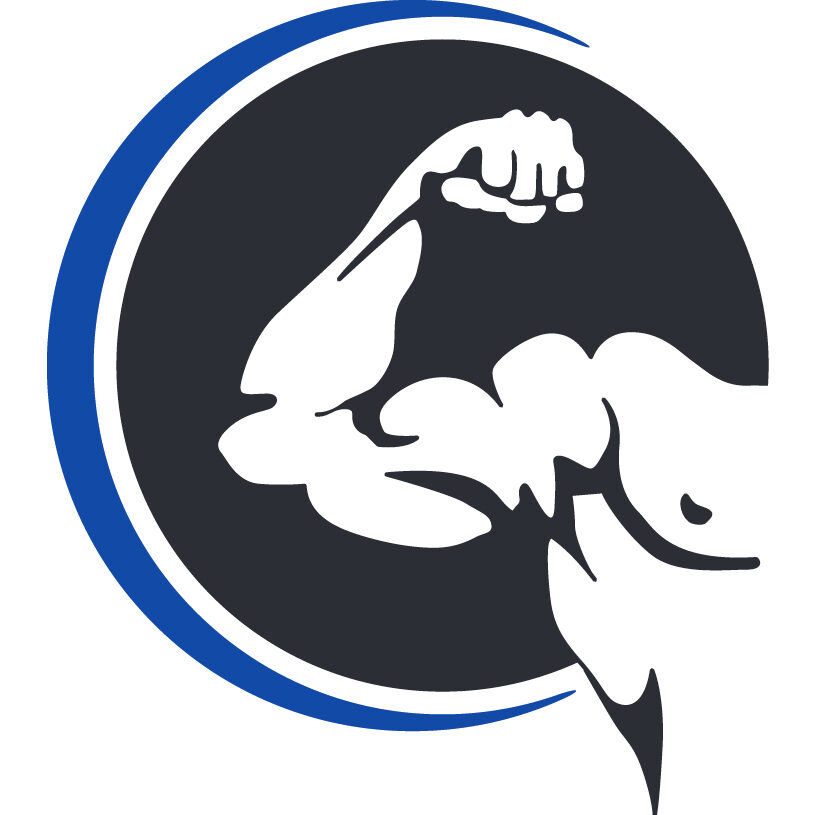Sounds painful right? Well, let me put you at ease. Only the name sounds painful. I assure you, it’s an effective tricep exercise that has unfairly earned a fearful reputation purely because of its name. The term ‘Skull Crushers’ might give off a slightly intimidating vibe, but in reality, it refers to a popular weightlifting movement that has been a staple in tricep training for decades.
In dispelling the myths around this powerhouse exercise, it’s essential to understand the impact the name has had on gym-goers. Sometimes, what holds people back from incorporating a new exercise into their routine isn’t the movement itself, but preconceived notions about it. The moniker ‘Skull Crushers’ shouldn’t be taken literally – it’s nothing more than a vivid description of the barbell or dumbbells descending towards the forehead during the exercise.
This section will highlight the unique role that skull crushers play in strengthening and defining the triceps, giving you a clear indication of why they’re a favorite among gym regulars. From bodybuilders to casual fitness enthusiasts, skull crushers have found their way into countless workout routines, and for good reason.
You might be wondering how exactly a skull crusher is performed and why it’s considered so effective. That’s exactly what we’re going to explore, along with a brief history of how this exercise came to be a key player in arm workouts around the world.
Anatomy of Skull Crushers: Why Your Triceps Will Thank You
Sounds painful, right? Well, let me put you at ease. Only the name sounds painful. I assure you, it’s an effective tricep exercise. Your triceps are composed of three heads: the long, lateral, and medial head. The magic of skull crushers is their ability to simultaneously target all three heads, offering a comprehensive workout that other movements might miss.
While many exercises claim to hammer your triceps, skull crushers have a unique place in muscle development. They create significant tension at the peak contraction point, leading to more significant muscle hypertrophy over time. In other words, they’re a powerhouse for strength and size gains in your arms.
The exercise becomes even safer when you understand the nuts and bolts of how to perform it. The eccentric (lowering) phase of the skull crusher is where the real muscle-building potential lies. Controlled motion here maximizes engagement and minimizes the risk of injury—confirming that the intimidating name is a misnomer when it comes to actual safety.
I’ve pored over countless fitness forums, spoken with professional bodybuilders and physical therapists, and gathered that the consensus is clear: When done properly, skull crushers are not just safe but highly beneficial. So, let’s dive into the ‘how-to’ and ensure your technique is spot on, paving the way for tricep gains without undue worry.
A Step-by-Step Comforting Guide to Mastering Skull Crushers
Sounds painful, right? Well, let me put you at ease. Only the name sounds painful. I assure you it’s an effective tricep exercise. If you’re eager to add skull crushers to your arm workouts, let’s start with the basics on how to do them correctly.
First things first, grab your weights. You can use a barbell, EZ bar, or dumbbells. Lie down on a bench and hold the weight with a narrow grip above your forehead. This is your starting point.
Now, lower the weight slowly towards your forehead, keeping your upper arms stationary. Inhale as you do this. Bend your elbows and stop the descent before the weight can ‘crush’ your skull — that’s key!
Once the weight is just above your forehead, pause for a second. Feel the tension in your triceps? Good. Now, exhale and extend your arms back to the starting position. That’s one rep done.
I’m here to help you with form, so remember to keep your elbows tucked in. You don’t want them flaring out. Control is crucial, too. Make each movement deliberate and steady to maximize the benefits and minimize the risk of injury.
If you’re just starting out or if any discomfort arises, you don’t have to stick to the script. Vary your grip or switch to lighter weights. You can always adjust your approach down the road as you gain strength and confidence.
Last tip, consistency is key. To really see the benefits of skull crushers, incorporate them into your routine regularly. Try two to three sets of eight to twelve reps to begin with and then increase as you get stronger.
Incorporating Skull Crushers into Your Routine for Maximum Tricep Gains
Sounds painful, right? Well, let me put you at ease. Only the name sounds painful. I assure you it’s an effective tricep exercise. Now that you’ve got a grip on mastering the skull crusher, let’s talk about integrating this powerhouse move into your regimen for optimum muscle development.
I’m going to let you in on how to build a workout plan that embraces skull crushers. This isn’t just about tossing them in at the end; it’s about strategic placement for maximum impact.
You might want to think about exercise pairings that can really dial up the intensity without overtaxing the muscles. I’m talking about complementing pushes and pulls, or maybe even some supersets if you’re up for the challenge.
How often should you do skull crushers? The sweet spot for growth without burnout can vary, but I’ll give you some guidelines you can always adjust down the road.
